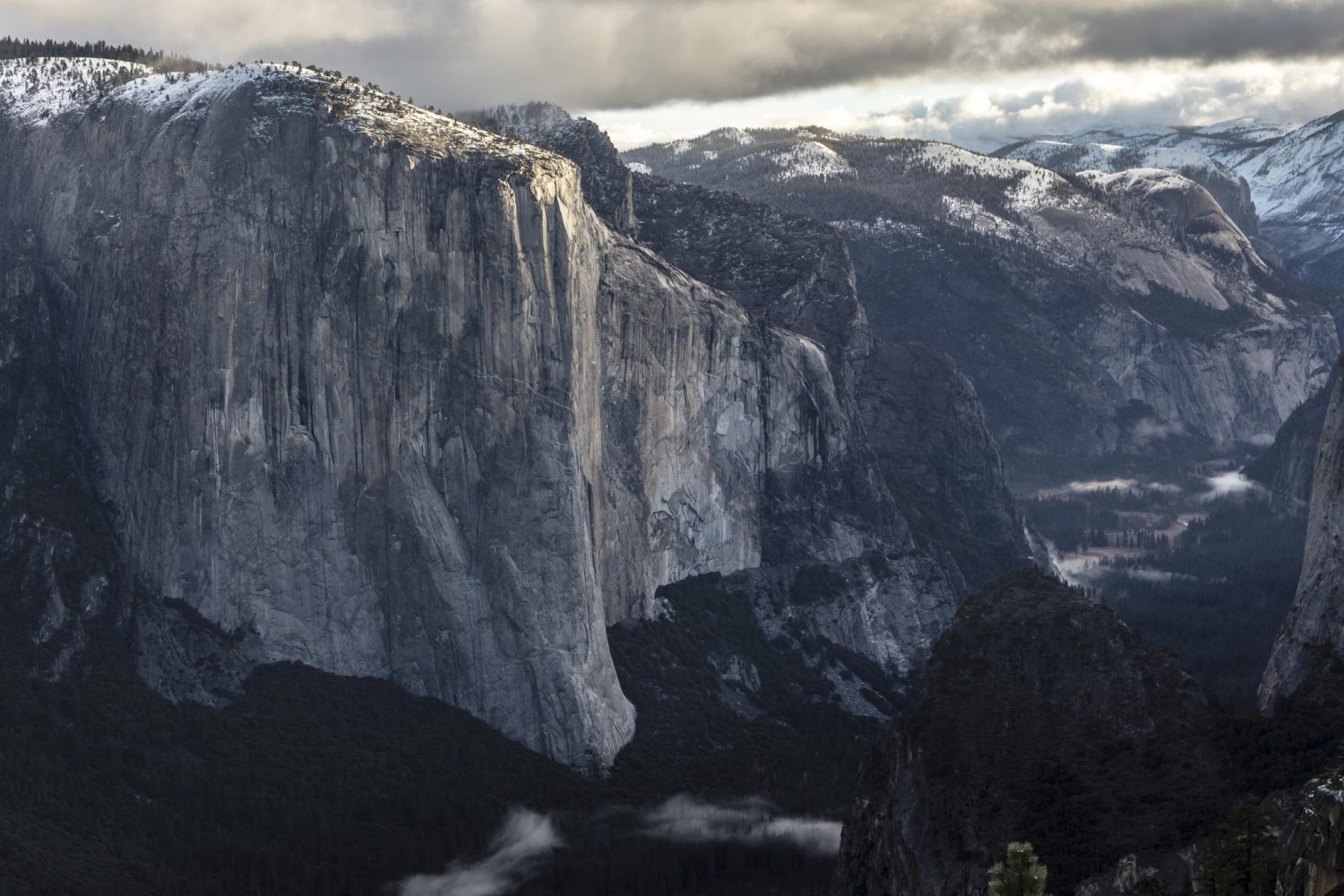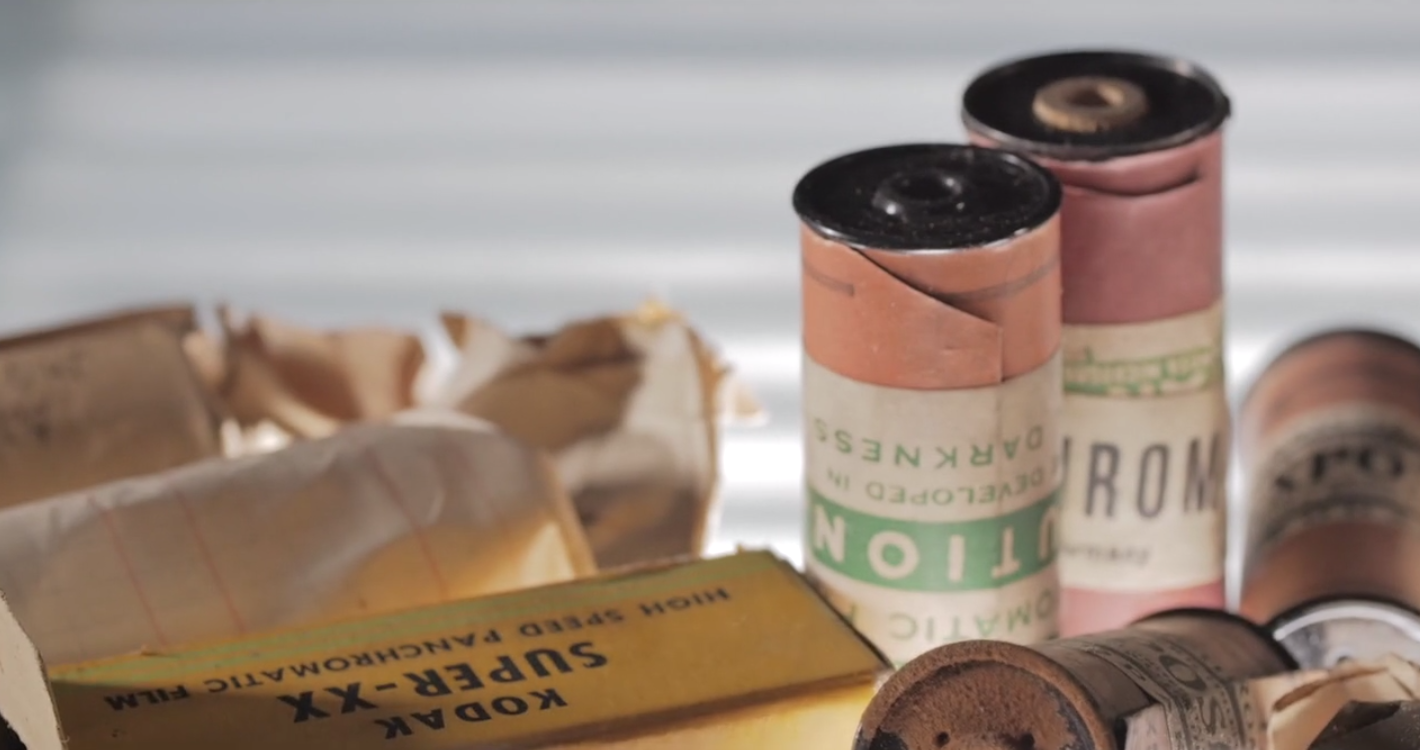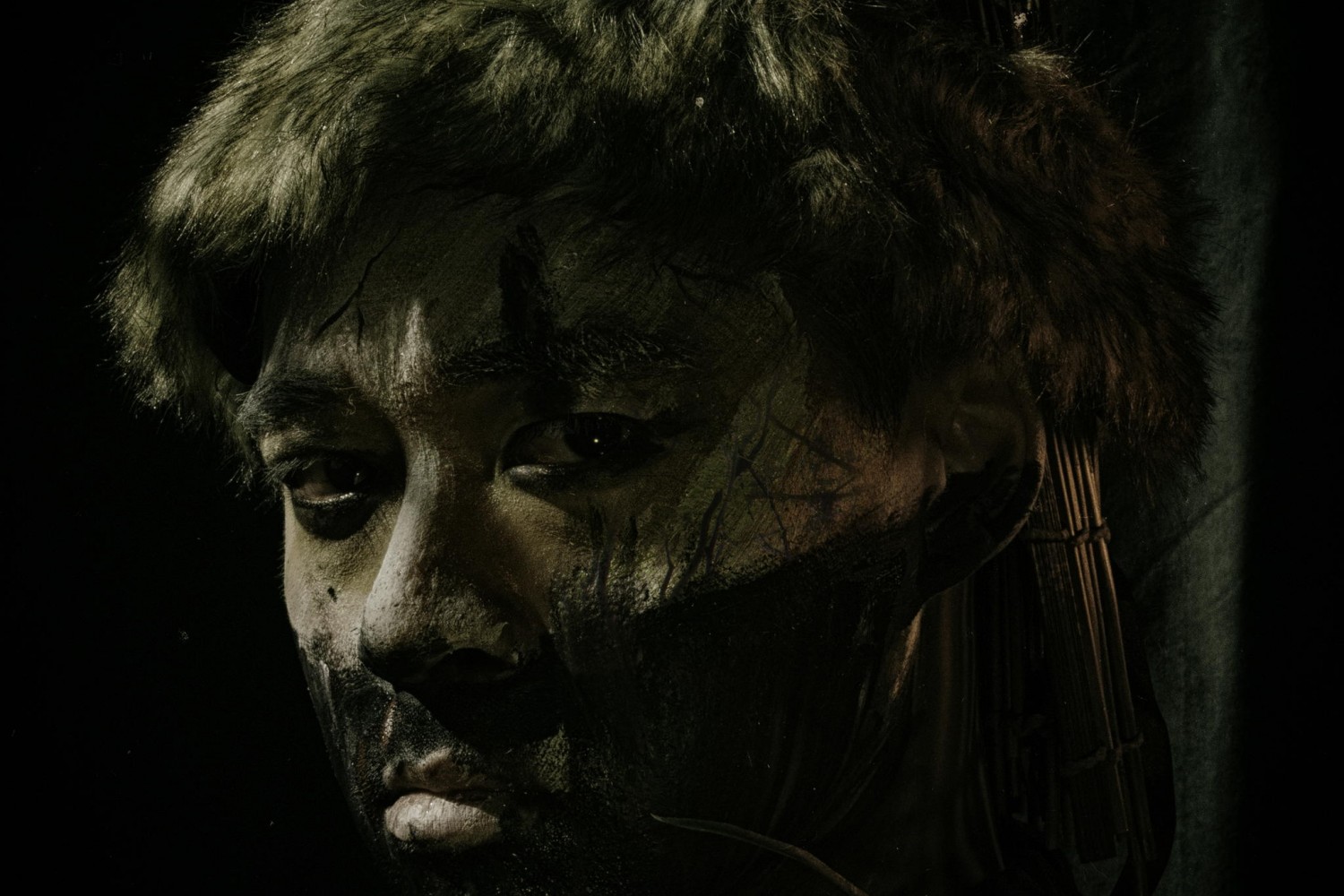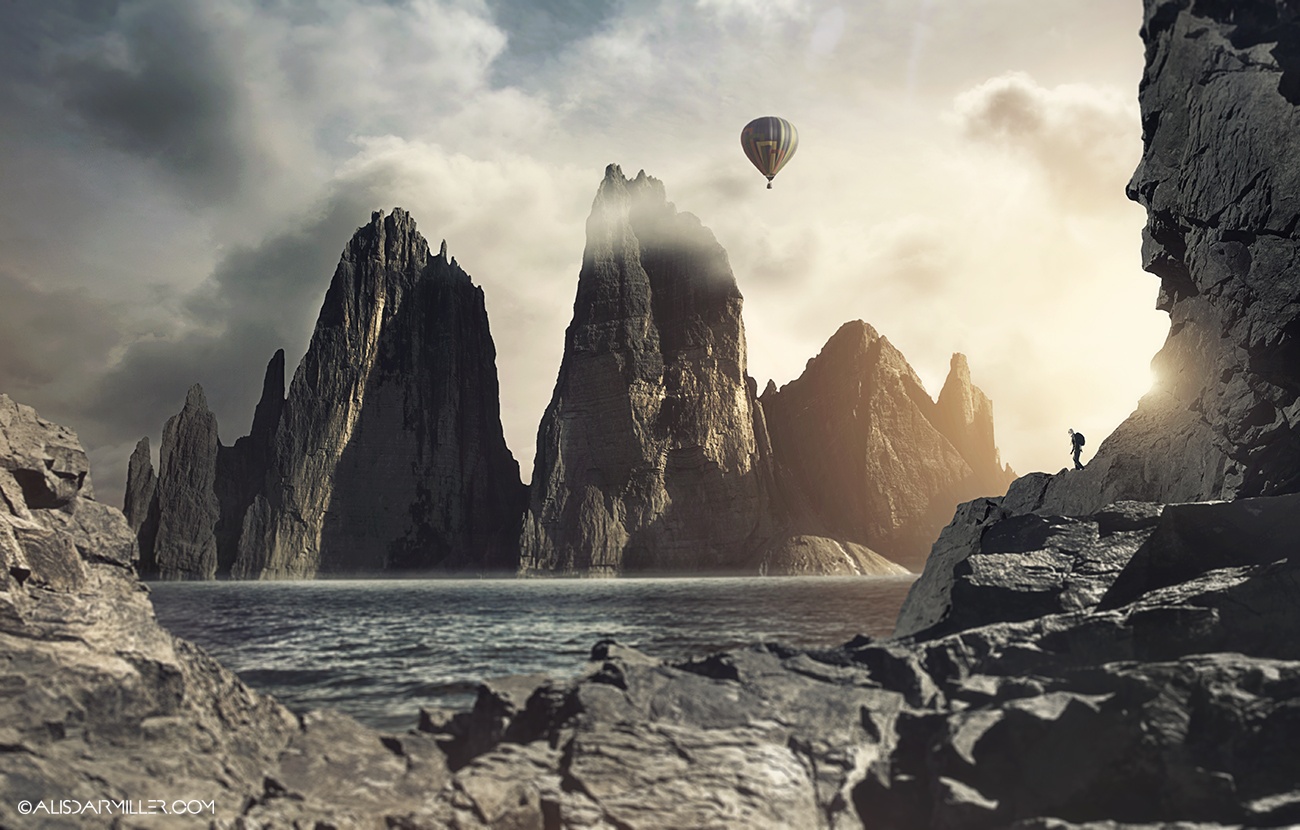In March of 2014, Rotorpixel/ReefNet owner and 500px user Keri Wilk got to do something awesome. He got to spend a solid month swimming with and flying over socializing groups of sperm whales and giant pods of dolphins, recording or snapping photos of every bit of it.
Naturally, he came back with some pretty unique and downright awesome footage that made us both jealous and excited. Jealous: because gosh darn it why weren’t we there!? And excited: because now we get to share it and some behind the scenes details with you.
First, the footage. Below is a three-minute cut of what he came back with:
Keri and the rest of the Rotorpixel team spent about a month on the water, with their DJI Phantom 2 Vision drones (equipped with Keri’s own Rotorpixel gimbals, of course) filming between one and two hours per day.
They also dove deep into the rainforest to capture those beautiful shots of Dominican waterfalls and the world’s second largest boiling volcanic lake.
Of course, capturing all this footage was anything but easy, and that’s the stuff we wanted to know about. As Keri explains on the Rotorpixel website, much of the footage was incredibly difficult to capture, both on- and off-shore:
All aspects of aerial imaging are made more difficult while on a boat. Since the boat was usually moving quickly when flights had to take place (making bow-waves for dolphins, pursuing whales, or en route back to shore) take-offs and landings had to be performed primarily by hand. The intense Caribbean sun made viewing the live video feed on a smart phone almost impossible. The boat’s constant rocking in the waves and its wet floors made firm footing difficult to achieve confidently. And, one of our low-flying quads was nearly taken out of the sky by dolphins jumping and by whales exhaling forcefully through their blowholes. As if these factors didn’t make flying over water intense enough, I’ve lost a painful number of aerial systems in water already!
On land the issues were different, but equally troublesome:
A 10-hour round-trip hike through thick rainforests brought me and a few other team members through a steamy sulfur valley on the way to the world’s second largest boiling volcanic lake (fumarole), the steam from which rendered one of the quadcopters unusable. Flying deep in the jungle, without the aid of GPS, and with thin, almost invisible vines hanging down in random places, was precarious, but ultimately worth the effort.
Somehow, even with invisible vines in the way, bouncing boats under his feet, and dolphins eager to high-five his drones, Keri pulled it off! Here’s a longer, extended cut he put together that contains a full 2 extra minutes of footage:
One surprising bit of info about the footage is that none of it was stabilized in post. All of it is the result of the Rotorpixel gimbal that Keri created along with Eric Cheng (now DJI’s Director of Aerial Imaging).
The system he used for the Phantom 2 Vision is, according to Keri, “much more robust than the newer ‘Phantom 2 Vision+,’ is less expensive, and is user-serviceable.” Something to consider if you’re getting into drone photography/videography and you want to save yourself some money.
To see more of the images that Keri captured while in Dominica, be sure to give him a follow on 500px and head over to the Rotorpixel website. And don’t forget to keep checking the blog, because Keri is going to put together some tips and tutorials posts for you drone enthusiasts in the near future!
P.S. If you’d like to experience swimming with and capturing sperm whales in Dominica for yourself, he’s running a trip in March and a few last-minute spots just opened up! Click here to find out more.






















Leave a reply